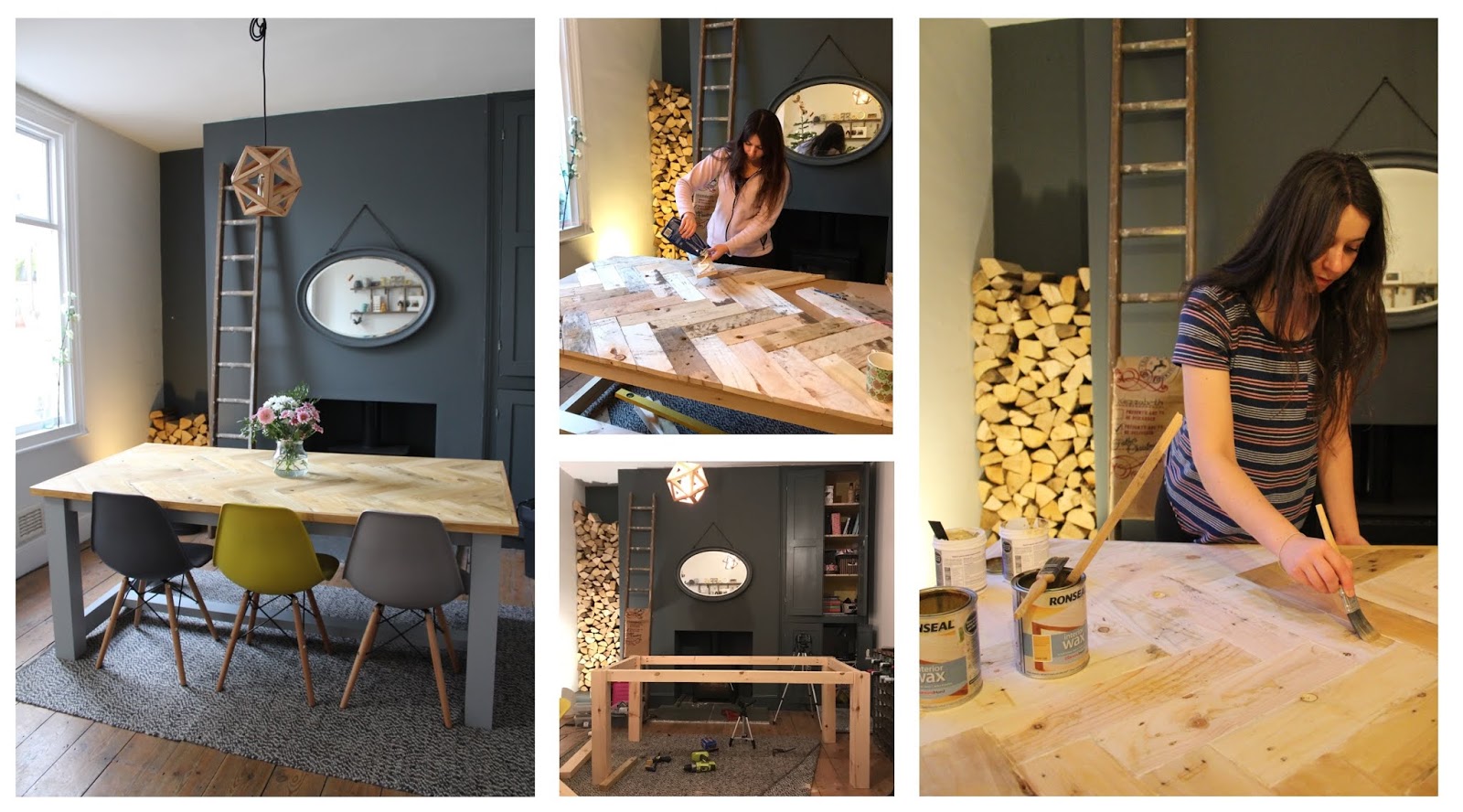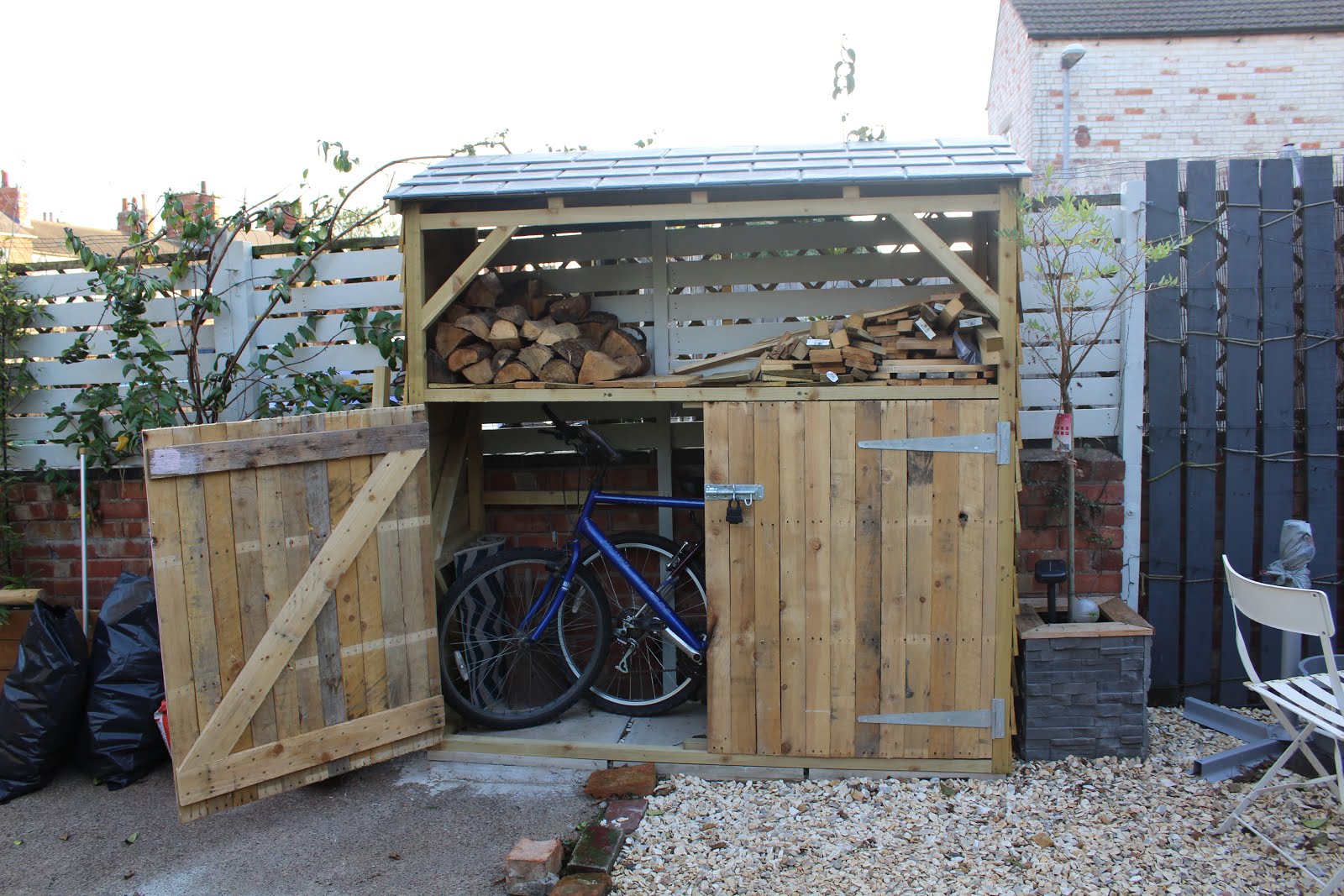One niggling thing about the smallest bedroom is that it contains the water tank/immersion heater (whatever you choose to call it!) – not only is this a giant waste of good bedroom space(!!) but it also means the pipes run through the bedroom. I hate visible pipe and I also hate excessive pipe-boxing. As a reminder, here’s what it looked like before:
Whilst I haven’t shown it there – the original boxing was a good few cm’s taller than the rest of the skirting around the room. I mentioned in this post how I had hoped to move these pipes underneath the floorboards. Well, after further investigation we realised they weren’t made from copper. They appear to be either galvanised steel or lead. Whilst this doesn’t mean we couldn’t move the pipes, it meant moving them would be more tricky as both steel and lead are much harder to cut and you can’t use a normal pipe cutter. Both are poor choices for pipes (they corrode on the inside and reduce water pressure) and it would have made more sense to replace the entire pipe. To add to this, we realised the location of the pipes was in a very tricky position as well – the joists run against the direction of pipes, so we would have to chisel out sections of every joist and whilst this isn’t the end of the world it does mean more work. On top of that, where the pipes would need re-connecting inside the cupboard – the space was tight, awkward and a we realised the whole job would be a total faff as it would also mean tracing the pipe throughout the house to replace the entire damn thing.
Behind the old boxing we found the words “Forest for the Cup 1959” written upon it, which I assume refers to Nottingham Forest and some kind of Football Cup. However it’s a great indication of how old this pipework!! Freaking OLD. I also found a bit of old newspaper which was dated 1951. Mega mega old.
Finding some skirting that matched up to the old skirting was something of a nightmare. The nearest match I could get still wasn’t quite a match. Small things that bug me. The old skirting board was still attached to the wall behind the pipes which meant I couldn’t firmly attach the new boxing to the wall without drilling through and ruining the old skirting board, which I really didn’t want to do. Keeping it nice means we can hopefully re-use it one day when these pipes are gone or replaced.
So I opted for glue. Not exactly a very secure way to fit boxing though, I must admit. I attached a small piece of strip wood to the new skirting using a bit of glue and a few small screws trying my very hardest not to split the wood.
I then realised the strip wood I picked up wasn’t quite wide enough, mega annoying. Since I had already been faffing about all day trying to find some matching skirting I decided to just improvise and stick another piece of strip wood to the original piece before attaching it to the top of the old skirting which yes, is the most rubbish way to compete this job! This means it’s not very secure in any sense of the word.
However, the bit that does secure the boxing is the screws that I placed through the new skirting into the old strips of wood which are attached to the floor. This pulls the whole thing together against the wall and stops any movement but yes, that top piece is less than firmly attached. Let’s just say, you wouldn’t want to stand on this!
The new pipe boxing looks even wider than the original boxing as the skirting board is around 2cm thick but it’s now much shorter in height and looks less obviously boxy…. at least from a distance!
I added some caulk where it was needed, but it still requires some filler as well which I’ll do as I repair some of the other skirting boards in the room.
In whole, it’s probably not my finest work, step on this and it’ll fall apart! The skirting doesn’t match which bugs me and the whole thing is really thick which means you’ll never be able to push furniture against the wall without there being a 6cm gap. Small things that bug me, but for a temporary measure, I can live with it and it does look a little neater and more ‘finished’ than it did before. I’d still rather those damn pipes either gone altogether or under the floor though! One day, one day.
Do you hate pipes that don’t run under the floor as much as I do?
COSTS
(rounded to the nearest pound)
New Tools Purchased:
None
Materials Used:
Skirting (cost for a 4-pack) £33
Strip Wood £8
Glue from previous jobs
Screws from previous jobs








No Comments